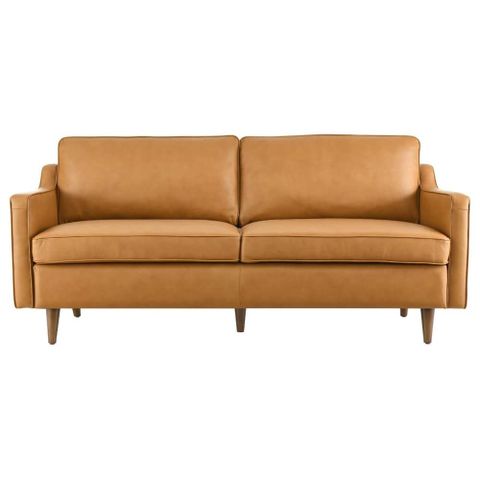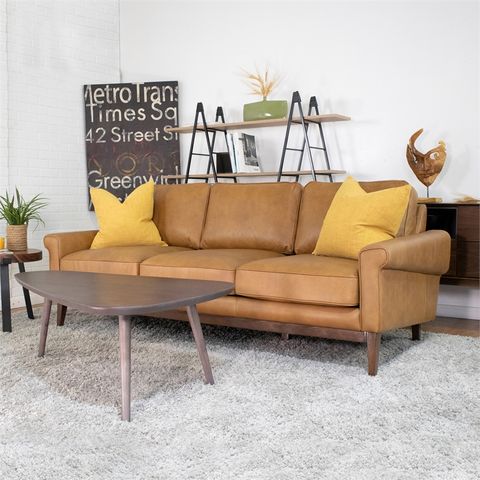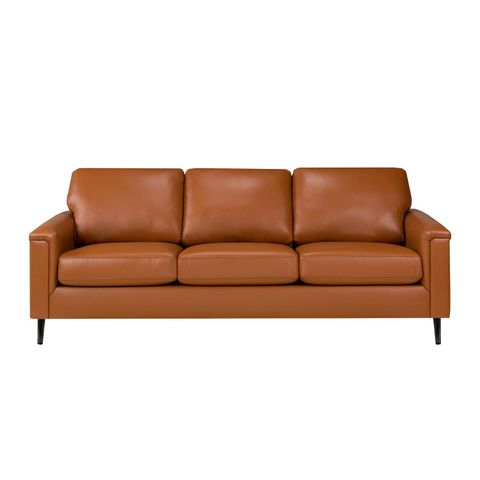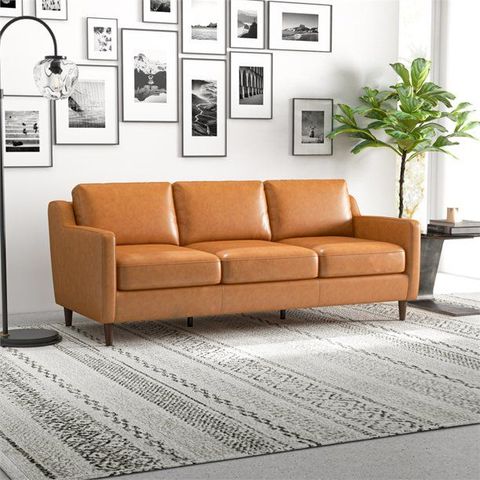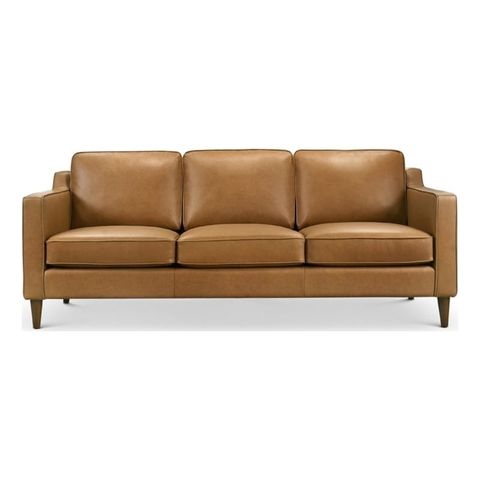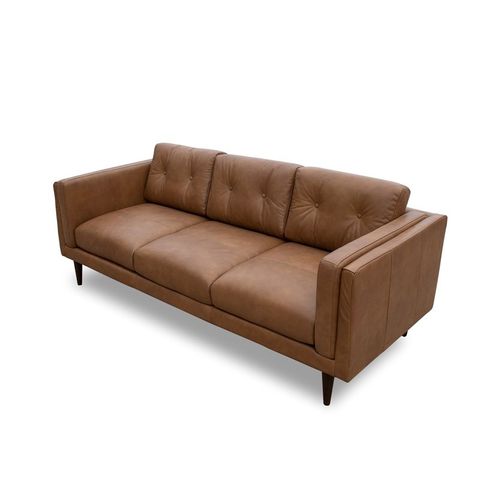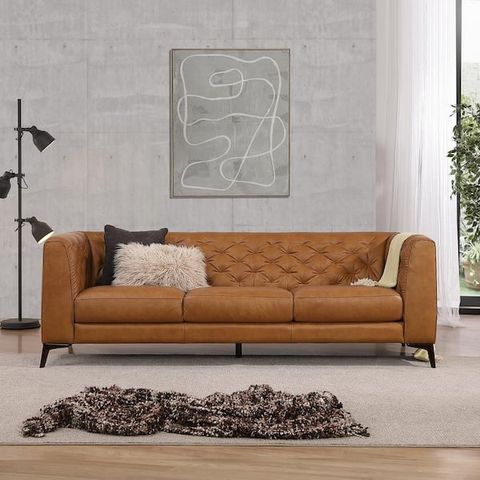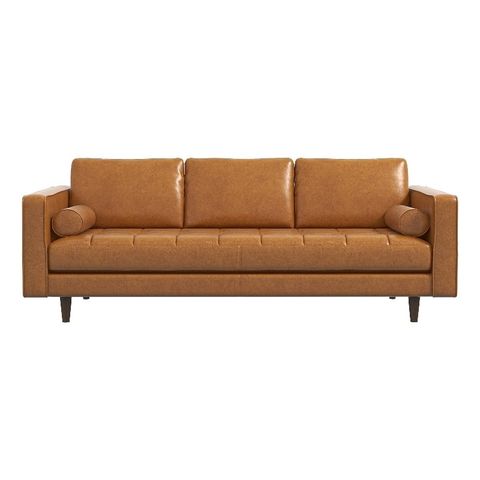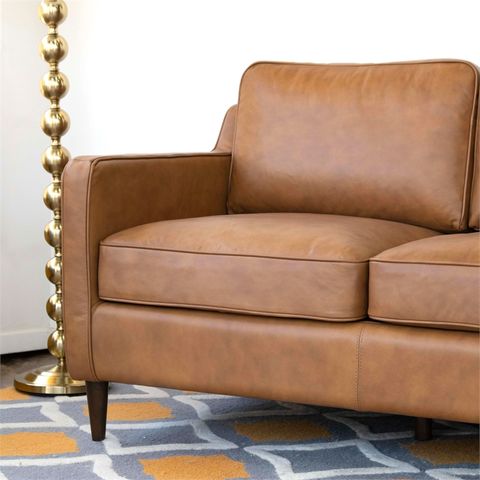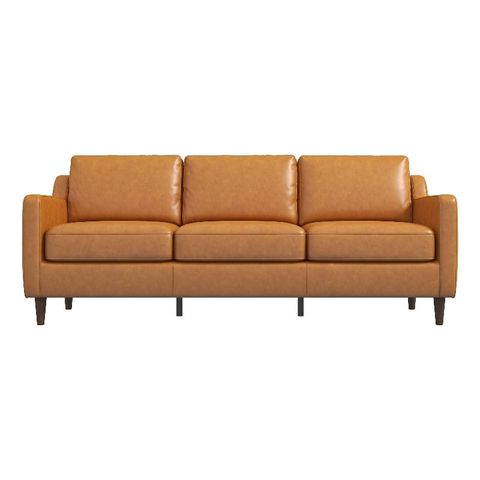There’s something magical about the mid century modern aesthetic that seems to capture the essence of good design. It’s not just about the look, but the feeling these pieces bring to our homes. When you walk into a room with carefully chosen mid century modern furniture, there’s a certain warmth and character that makes everything feel just right.
Mid century modern furniture has become more than just a design trend—it’s a lifestyle choice that speaks to those who appreciate clean lines, natural materials, and timeless appeal. This style emerged in the 1950s and 60s, combining functionality with aesthetic beauty in ways that still resonate today. Whether you’re starting fresh or updating existing spaces, understanding how to select these pieces properly can transform your living environment. The journey begins with recognizing what makes these designs so special and how they can fit into your personal space and needs.
Understanding the Core Elements of Mid Century Design
To truly appreciate mid century modern furniture, you must first understand its fundamental characteristics. These pieces often feature clean, simple lines that don’t overwhelm the eye. Think about the way the curves flow naturally rather than following rigid geometric shapes. The color palette typically includes earth tones, warm browns, and muted pastels. Natural materials like wood, leather, and metal play crucial roles in creating that authentic feel. You’ll notice how these elements work together to form something greater than the sum of their parts. A well-designed chair might have a wooden frame that complements its leather seat perfectly. The beauty lies in how each component supports the overall vision.
Key Materials and Their Significance
The materials used in mid century modern pieces tell a story about craftsmanship and intentionality. Wood, especially teak and walnut, forms the backbone of many iconic designs. These woods aren’t just decorative—they’re chosen for durability and visual appeal. Leather adds comfort and sophistication, while metal accents provide strength and visual interest. Consider how these materials age gracefully over time. A well-made wooden table will develop character with use, while quality leather seats will mold to your body shape. The interplay between these materials creates depth and texture that makes spaces feel lived-in and welcoming rather than sterile and artificial. Look for pieces that showcase honest material usage rather than trying to hide imperfections.
Identifying Authentic Pieces from Reproductions
One of the most challenging aspects of collecting mid century modern furniture is distinguishing genuine pieces from modern reproductions. Authentic items often show signs of age and wear that can’t be replicated perfectly. Check for manufacturing marks, labels, or construction techniques that were common during the era. Original pieces may have slight variations in finish or wood grain patterns that indicate handcrafted production. Pay attention to hardware details—authentic pieces often feature unique pulls or handles that match the period. The joints and assembly methods reveal much about authenticity. A genuine mid century modern chair will have construction methods that reflect the craftsmanship of its time. Research the specific designer or manufacturer when possible, as this knowledge helps spot fakes more easily.
Color and Finish Considerations
Color choices in mid century modern furniture often reflect the optimism and forward-thinking spirit of the era. Warm earth tones dominate, including various shades of brown, cream, and beige. These colors create a sense of calm and stability in any space. Some pieces incorporate bold accent colors like mustard yellow or deep blue for visual interest. The finish itself matters greatly—matte surfaces were common, while glossy finishes appeared more frequently in later pieces. Consider how different colors will interact with your existing lighting and décor. A light-colored piece can make a small room feel more spacious, while darker tones add richness to larger areas. Think about how these colors will age over time and whether they’ll complement other elements in your home.
Functional Design That Lasts
What sets mid century modern furniture apart is its focus on function without sacrificing form. These pieces weren’t designed just to look good—they had purpose built in. A side table wasn’t merely decorative; it provided convenient storage and surface space. The height and proportions of seating options were carefully considered for comfort and usability. Storage solutions were cleverly integrated into the design rather than being added afterward. This approach to design means that choosing these pieces often means investing in long-term functionality. The ergonomic considerations in seating, for example, can make a significant difference in daily comfort. A well-designed dining table allows for easy conversation and comfortable meals. These functional elements often become the foundation of how we use our spaces every day.
How to Incorporate Mid Century Modern Into Any Space
The beauty of mid century modern furniture is its versatility across different room types and design styles. In living rooms, a statement sofa paired with a sleek coffee table can anchor the entire space. Bedrooms benefit from the clean lines of nightstands and dressers that don’t compete with soft furnishings. Kitchen areas can embrace the practicality of mid century modern dining chairs and cabinets. The key is balancing the boldness of these pieces with other elements in your home. Start with one standout piece to build confidence, then gradually add complementary items. Consider how each piece will work within the existing flow of your space. Don’t feel obligated to go full mid century modern—mixing these elements with contemporary or traditional pieces can create interesting contrast and visual balance.
Selecting mid century modern furniture isn’t just about choosing pretty things—it’s about making thoughtful decisions that enhance both your daily life and your home’s character. These pieces carry history, craftsmanship, and intentional design that continues to speak to people seeking quality and authenticity. By understanding the core elements, materials, and design principles, you can confidently navigate the selection process. Remember that the best pieces are those that not only look good but also serve you well. Whether you’re adding one new item or completely transforming a room, these guidelines offer a foundation for creating spaces that feel both stylish and lived-in. The joy comes not just from the purchase, but from watching these pieces become part of your daily routine and story.

